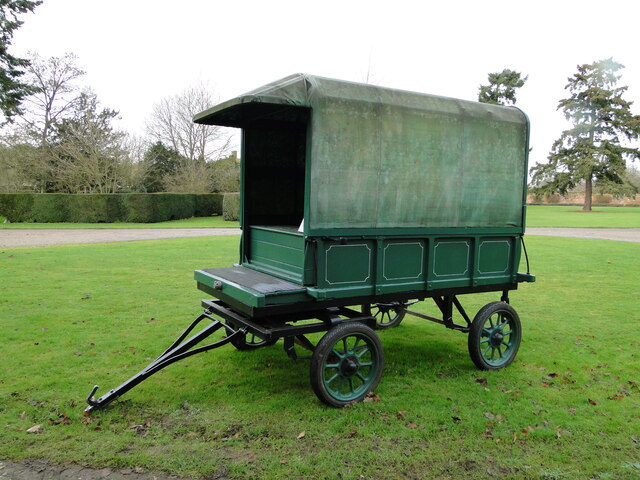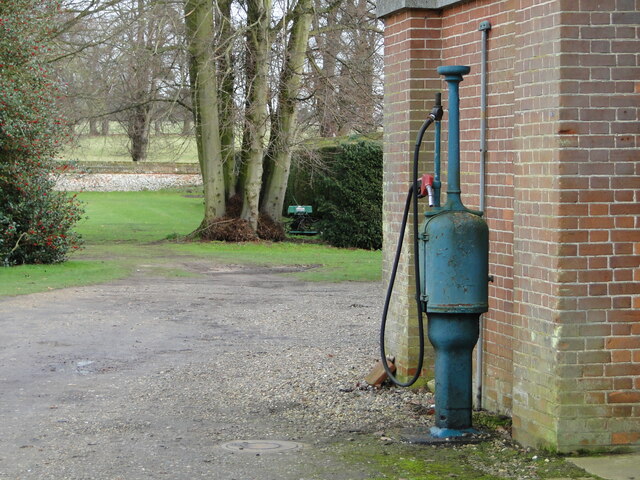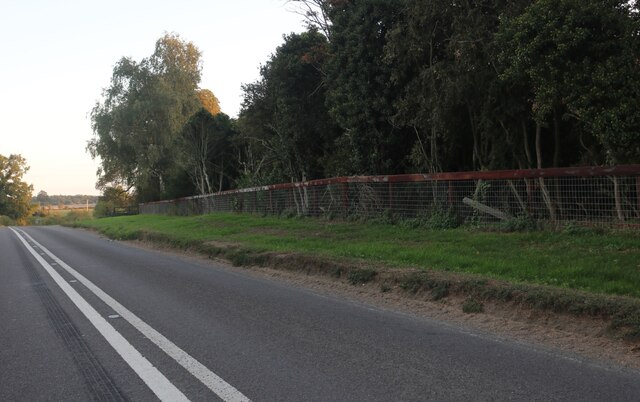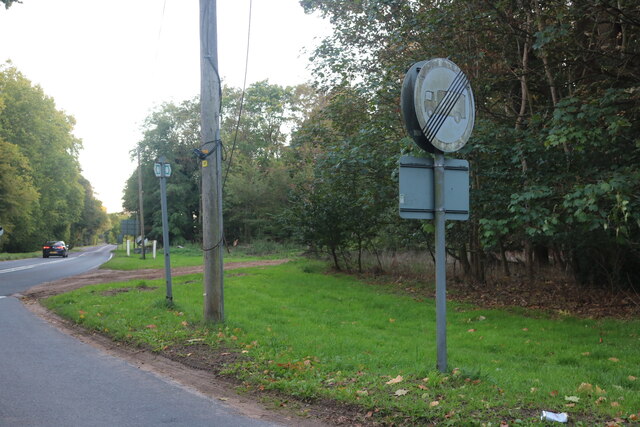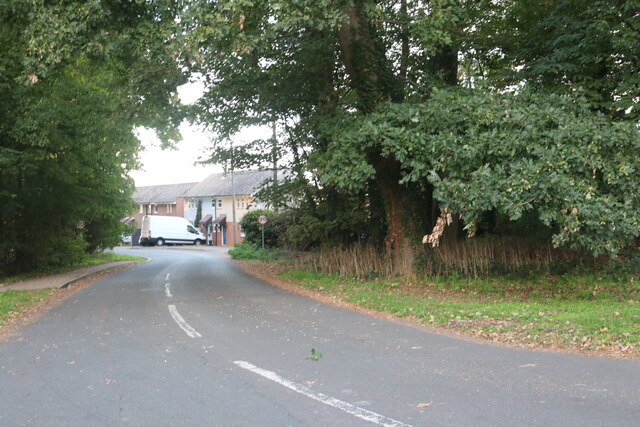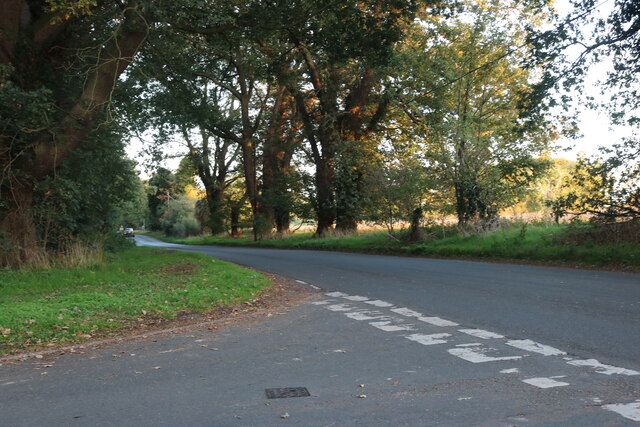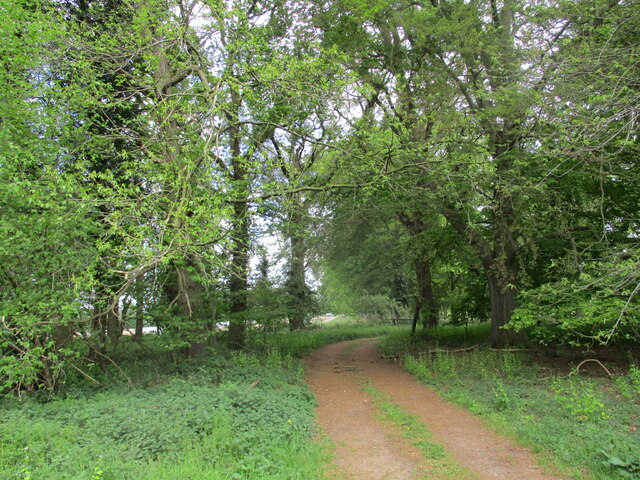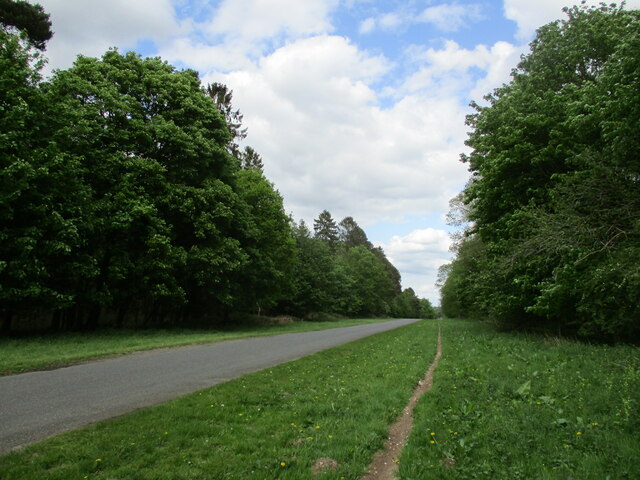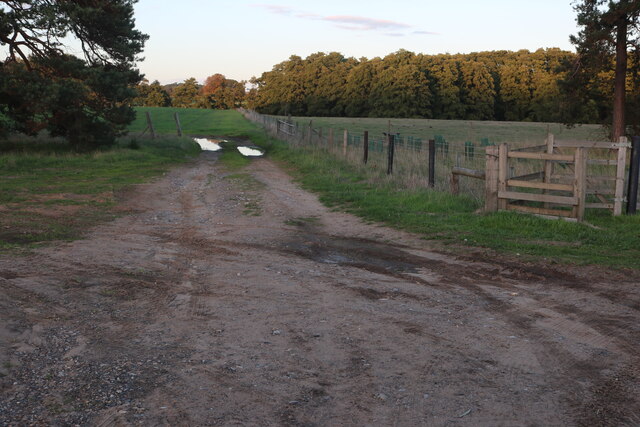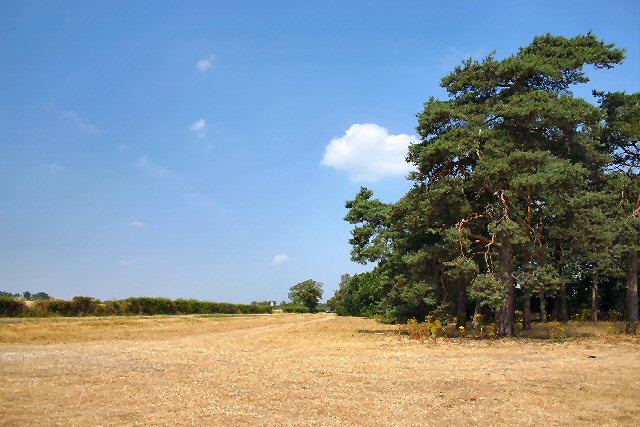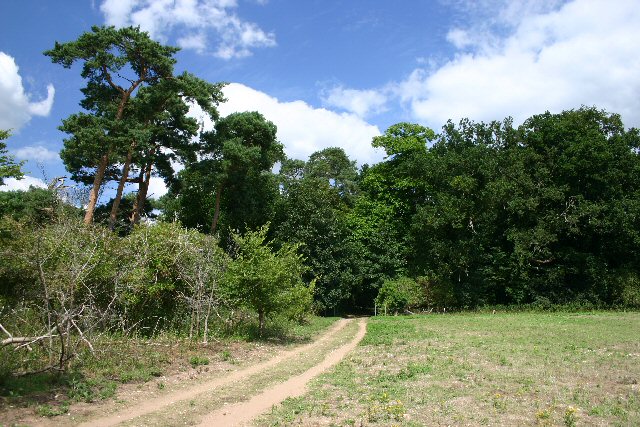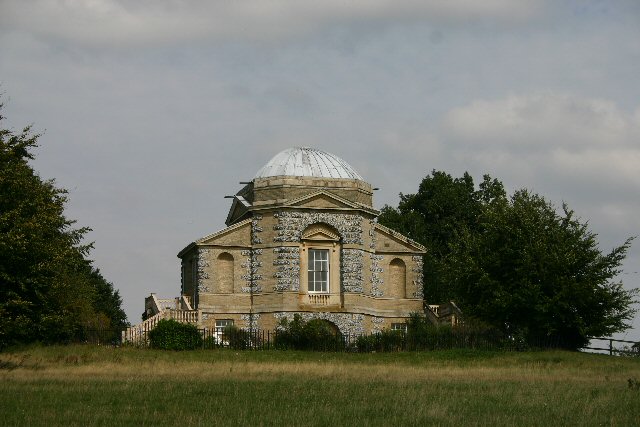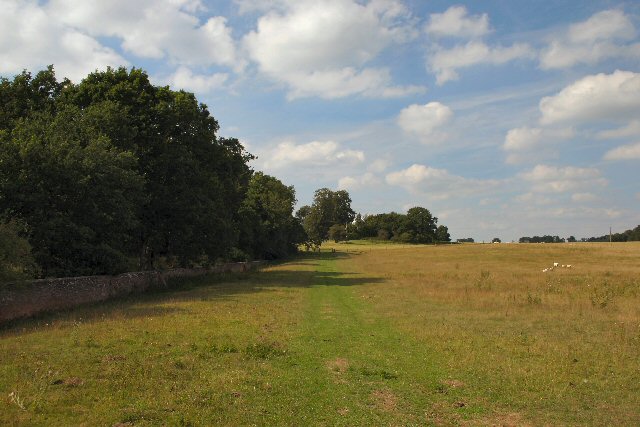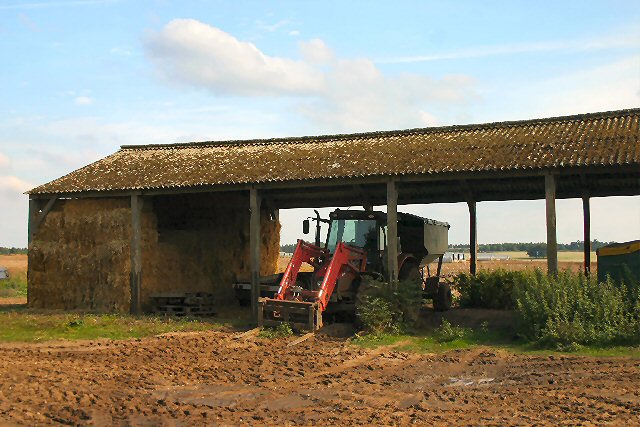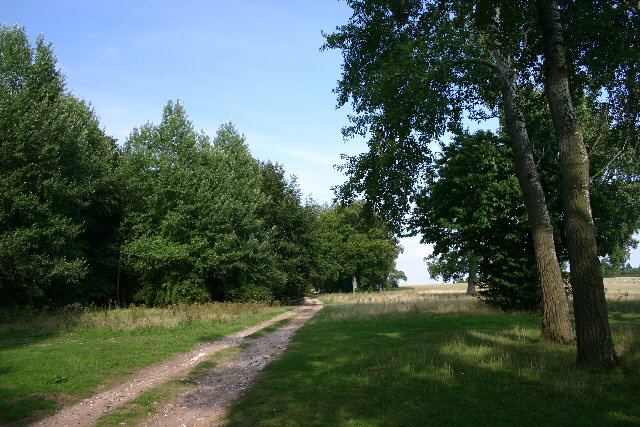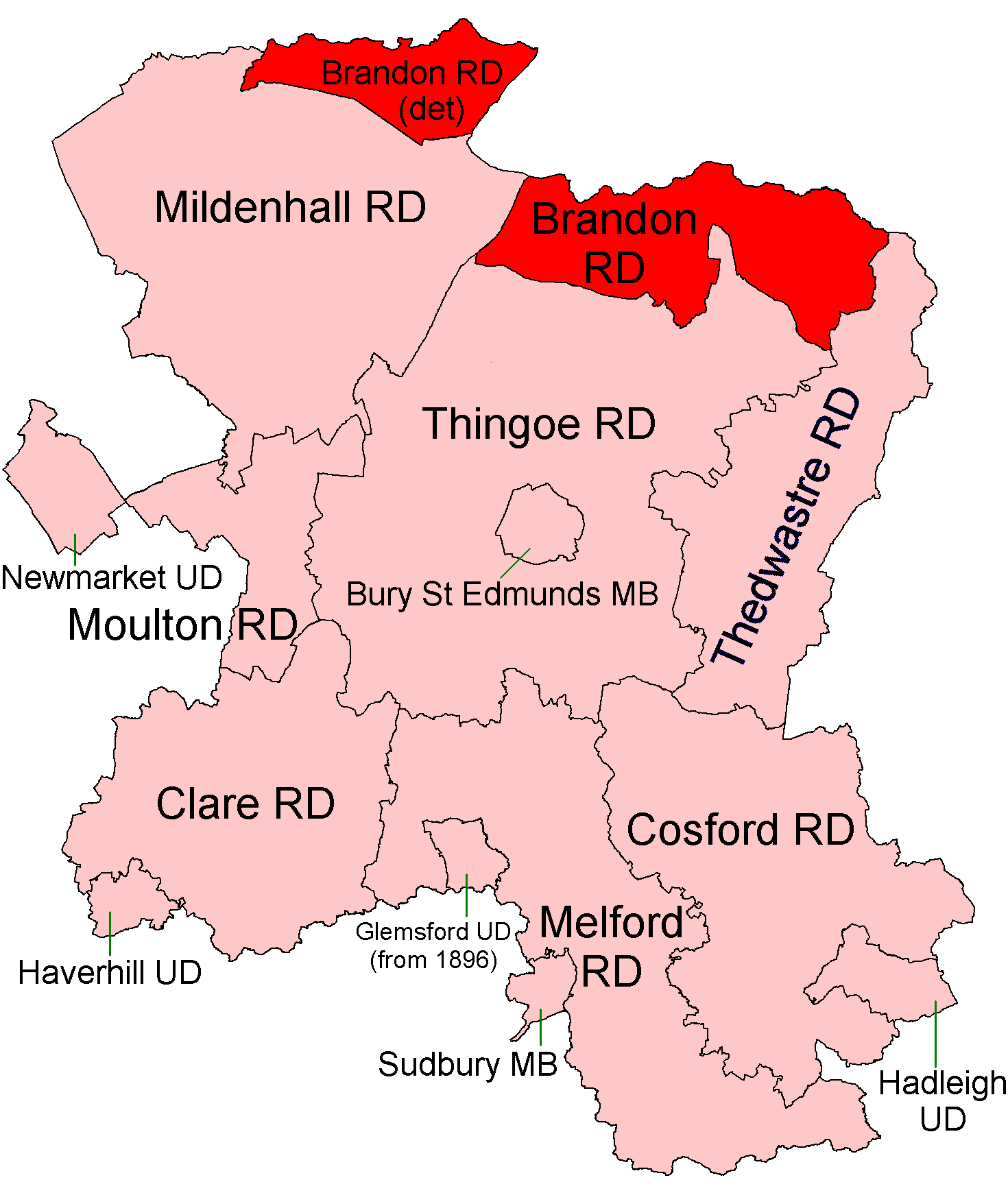Brier Hill
Hill, Mountain in Suffolk West Suffolk
England
Brier Hill
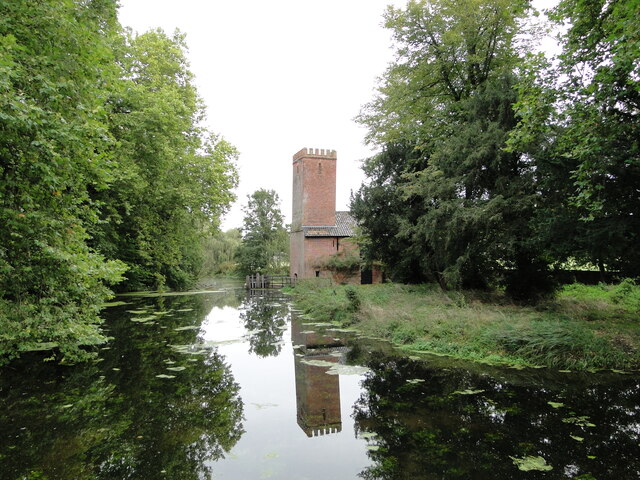
Brier Hill is a small hill located in the county of Suffolk, England. Situated in the eastern region of the country, Brier Hill is part of the larger Brier Hill Conservation Area, which spans several hectares of land.
The hill itself stands at approximately 100 meters in elevation, making it a modest but notable feature in the otherwise flat landscape of Suffolk. Covered in a diverse range of vegetation, Brier Hill is home to various species of wildflowers, shrubs, and trees, creating a picturesque and tranquil environment.
The hill offers visitors a panoramic view of the surrounding countryside, allowing them to appreciate the beauty of the Suffolk landscape. Additionally, it serves as a popular destination for hikers and nature enthusiasts, who can enjoy walking trails that wind their way up and down the hill.
Brier Hill is also of historical significance, with evidence of human activity dating back centuries. Archeological discoveries in the area have uncovered remnants of ancient settlements, suggesting that the hill may have been inhabited in the past.
Overall, Brier Hill is a charming natural landmark that offers both scenic beauty and a glimpse into the region's history. Whether one is seeking a leisurely stroll or a chance to delve into the area's rich past, Brier Hill is a must-visit destination in Suffolk.
If you have any feedback on the listing, please let us know in the comments section below.
Brier Hill Images
Images are sourced within 2km of 52.373304/0.7789912 or Grid Reference TL8978. Thanks to Geograph Open Source API. All images are credited.

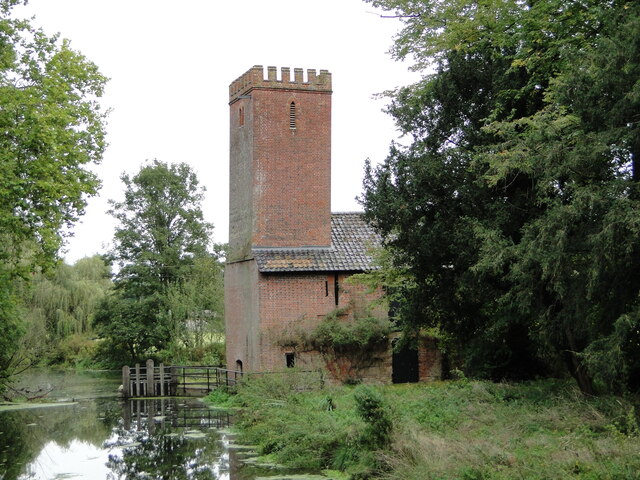
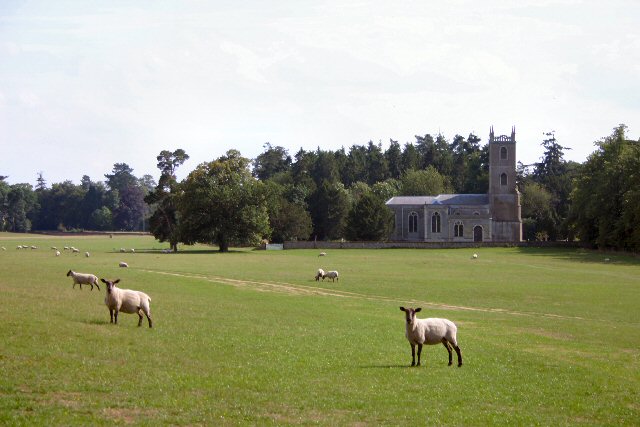
Brier Hill is located at Grid Ref: TL8978 (Lat: 52.373304, Lng: 0.7789912)
Administrative County: Suffolk
District: West Suffolk
Police Authority: Suffolk
What 3 Words
///puts.passports.spider. Near Thetford, Norfolk
Nearby Locations
Related Wikis
Euston, Suffolk
Euston is a village and civil parish in the West Suffolk district of Suffolk in eastern England. Located on the A1088 around two miles south of Thetford...
Euston Hall
Euston Hall is a country house, with park by William Kent and Capability Brown, located in Euston, a small village in Suffolk located just south of Thetford...
Barnham Heath
Barnham Heath is a 78.6-hectare (194-acre) biological Site of Special Scientific Interest near Barnham, a village south of Thetford in Suffolk. It is a...
Barnham, Suffolk
Barnham is a village and civil parish in the West Suffolk district of the English county of Suffolk about 3 miles (4.8 km) south of Thetford and 9 miles...
Barnham Windmill, Suffolk
Barnham Mill is a tower mill at Barnham, Suffolk, England which has been converted to residential accommodation. == History == Barnham Mill was built for...
Brandon Rural District
Brandon was a rural district in Suffolk, England from 1894 to 1935. The district was created in 1894 as the Suffolk part of the Thetford rural sanitary...
Fakenham Magna
Fakenham Magna (or Great Fakenham) is a village and civil parish in the West Suffolk district of Suffolk in eastern England. The meaning of the word 'Fakenham...
Barnham railway station (Suffolk)
Barnham railway station is a former station in Barnham, Suffolk on a now closed line between Thetford and Bury St Edmunds. It was located close to the...
Nearby Amenities
Located within 500m of 52.373304,0.7789912Have you been to Brier Hill?
Leave your review of Brier Hill below (or comments, questions and feedback).
